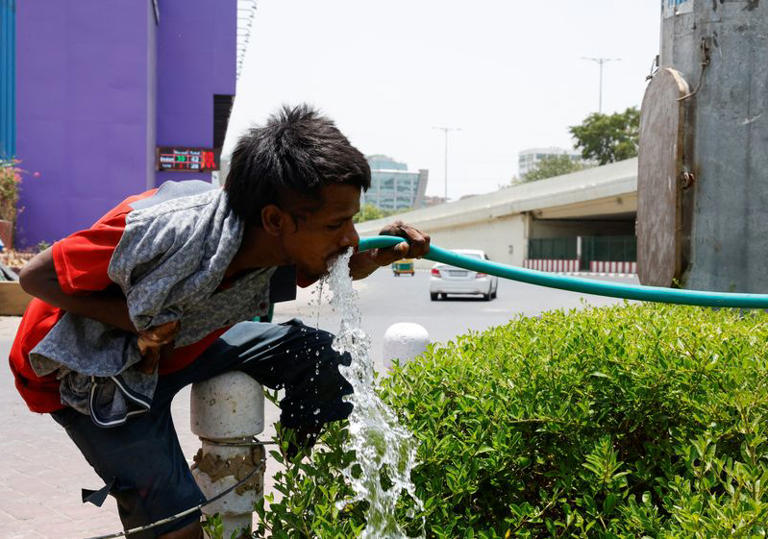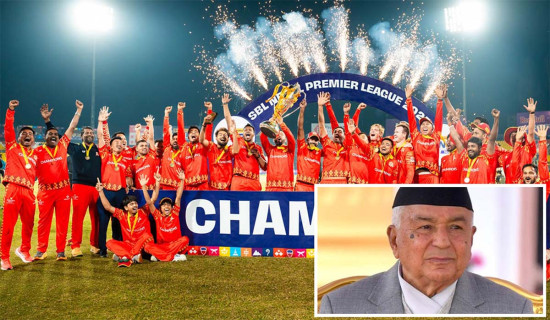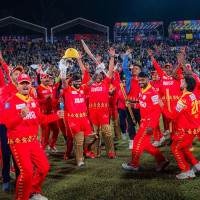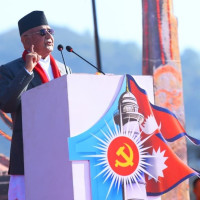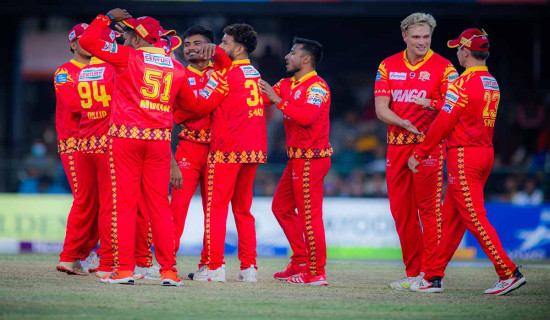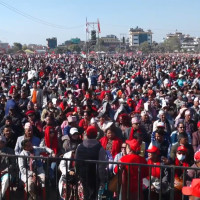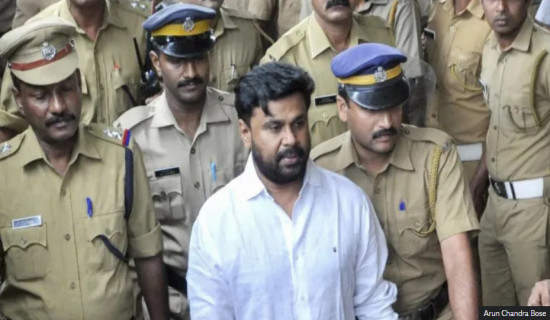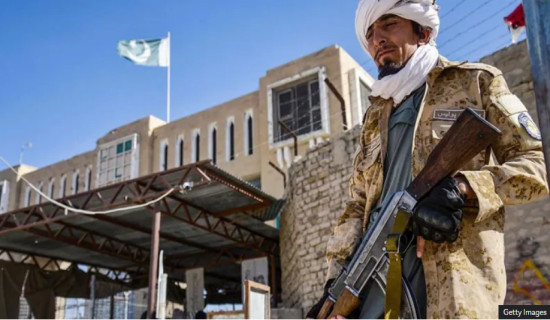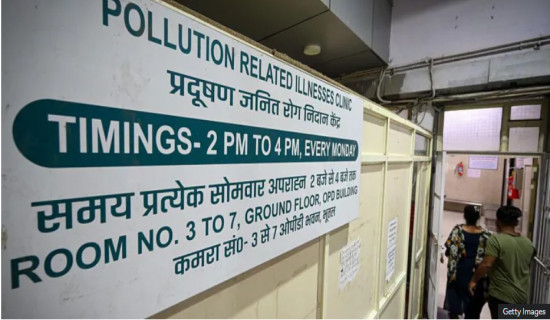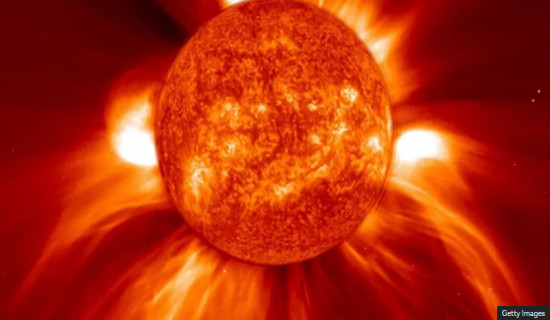- Sunday, 14 December 2025
Inside India's first heat stroke emergency room
By Soutik Biswas, BBC, June 20: In one of the largest hospitals in India’s capital, Delhi, a physician says he has never seen anything like this before.
“This is an unprecedented heatwave. In my 13 years of working here, I don’t remember signing a death certificate for heat stroke. This year, I’ve signed several,” says Ajay Chauhan of the Ram Manohar Lohia Hospital (RMLH).
Delhi has been reeling under a prolonged heatwave, with daily temperatures crossing 40C (104F) since May, peaking at nearly 50C. Humidity and hot winds exacerbate the heat, compounded by water shortages and power outages due to soaring demand. And people are dying from the heat, with media reports suggesting at least 20 fatalities due to heat-related illnesses.
A heat stroke, the most severe heat illness, is identified by three key signs: exposure to high heat and humidity, a core body temperature of 40.5C (105F) or higher, and mental changes like mild confusion or impaired consciousness. Heat stroke is also a silent killer, and victims can begin to fall ill hours after exposure to sun. India's National Centre for Disease Control calls heat strokes a "life-threatening" condition with a mortality rate of 40-64%.
Since Dr Chauhan's hospital in Delhi opened a heat stroke clinic in late May, seven people have died of heat stroke and more than 40 have been treated for heat-related ailments.
The majority were men working outdoors and in small, unregulated factories with poor conditions, enduring extreme heat exposure. To be sure, the heatwave is not restricted to Delhi: dozens have died from heat-related illnesses since March, with more than 50 deaths in just three days in early June in the states of Uttar Pradesh and Odisha.
At the RMLH clinic, possibly the first of its kind in India, the effort to save heat stroke patients underscores the challenge posed by rapid climate and health emergencies.
A few days ago, a man was wheeled in with body temperatures soaring to 42C (107.7F). A body’s normal core temperature is 37-38C. He was suffering from a heat stroke.
At this temperature, a human body begins to shut down, cells deteriorate, and there’s a risk of organ failure. Sweating ceases as blood flow to the skin stops, leaving it cold and clammy.
At the clinic, doctors dunked the patient into the icy waters of a 250-litre ceramic tub where the temperature ranges from 0 to 5C. (The clinic is equipped with two ceramic tubs, a 200kg ice-making machine, rectal thermometers, ice boxes and inflatable tubs.) The patient took about 25 minutes to cool down and begin recovering before he was moved to the ward for further treatment.
“Early cooling saves lives. Every second counts,” says Dr Chauhan. A delay can either prove to be fatal or leave the patient bleeding, or with damaged kidneys and liver.
It is not difficult to fall ill in Delhi. Life is tough. A third of residents live in substandard and congested housing. The city’s 6,400-odd slums, home to more than a million households, lack adequate cooling and face seasonal livelihood crises. Men fall ill working outdoors; women fall sick after spending extended periods in kitchen settings with traditional stoves.
Green spaces are scarce. In the peak of summer, the city turns into a scorching furnace, trapped between the blazing heat from above and the searing ground below.
Anjana Kumari, the wife of a daily wage worker admitted at RHML with heat stroke, told The Indian Express that their slum hutment's only fan wasn’t working due to a power cut. Her husband, exhausted from working all day on Monday, couldn't sleep and later suffered seizures, vomiting, and diarrhoea. She rushed him to the hospital at night. “Doctors have told me he won't be able to walk for some time and need a lot of care,” Ms Kumari said.
Those who work outdoors suffer the most. A large majority of respondents in a new Greenpeace survey on how heat impacts street vendors in Delhi reported health issues due to hot weather. Irritability was the most common (73.44%), followed by headaches, dehydration, sunburn, fatigue and muscle cramps. Most faced challenges accessing medical care due to lack of money.
“The heat increases every day. We are living under the open sky. What resources can I gather? If possible, there should be some trees and plants nearby, so that fresh air keeps blowing and the body gets some relief,” Guddi, a sugarcane juice vendor who operates a manual crusher, told Greenpeace.
“After being exposed to the heat of the sun all day, I don’t feel like eating dinner at night. All I can think about is stretching my legs and going to sleep,” she said.
And all over India, people are falling sick due to the heat. A new nationwide survey by Centre for Rapid Insights (CRI) offers some startling insights into how heatwaves hurt people and cripple productivity.
It showed that 45% of the households contacted reported at least one member getting sick from the heat last month.
Among those affected, over 67% had household members sick for more than five days.
This impact was particularly severe among the poorest. Specifically 32.5% of households with motorcycles and 28.2% with no vehicles had members ill for over five days; the figure was lower at 21.8% for households with cars.
Some three-fourths of India’s workers work in heat-exposed jobs like construction and mining. This becomes worse during heatwaves as there are fewer safe and productive work hours during the day. A Lancet study reported a loss of 167.2 billion potential labour hours in India due to excessive heat in 2021.
“The productivity loss is staggering,” says Neelanjan Sircar, director of CRI.
Heatwaves killed more than 25,000 people between 1992 and 2019, according to official figures. As India doesn’t compile mortality data properly, experts reckon the actual toll would be much higher.
India’s heat action plans are also not working well, as a study found. Tellingly, 68% of the vendors in Delhi have heard about heatwaves, according to the Greenpeace study. Yet the heat emergency doesn’t figure in the political discourse.
“Many see a heatwave as an enduring act of nature, with little expectation from the government to intervene. It reflects a broader issue of low expectations in India," Mr Sircar says.
Things look dire in Delhi. In 2022, India saw 203 heatwave days, the highest on record, with Delhi experiencing around 17 of them. March marked India's hottest month recorded by the the weather department, while Delhi had its second-hottest April in 72 years.
"This is going to get worse. We need to be very careful," says Dr Chauhan.

